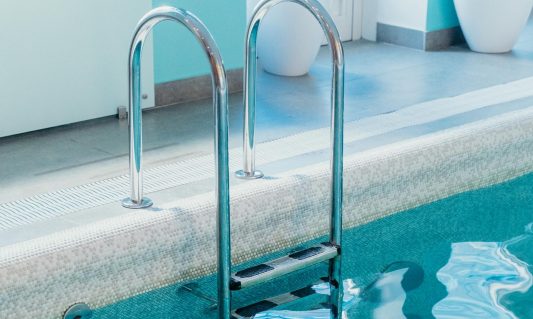High-intensity interval training is all the rage among fitness enthusiasts everywhere, who power through hard-hitting sessions. This type of exercise is certainly high-intensity, hence the name, and it involves a series of working and rest periods, such as riding a Peloton and alternating between 30-45 seconds of work and 30 seconds of rest. The idea is to perform exercises that get your heart rate up quickly, allowing you to be efficient with your time, typically to around 80-95% of your maximum heart rate for a high-intensity workout.
On land, shall we say, HIIT enthusiasts would power through moves like treadmill sprints, rounds of boxing, the SkiErg, rowing machine, battle ropes, and sled pulls. HIIT provides numerous benefits; for example, research indicates that a short-term interval training program enhances anaerobic metabolism, which is beneficial for weight loss. You’ll also build muscle mass, boost your cardiovascular endurance, and more. HIIT has been shown to improve cardiac function and how your heart functions, including transporting nutrients and oxygen and maintaining blood flow.
Lately, aquatic HIIT has been in the fitness spotlight, and new research highlights the benefits.
What is aquatic HIIT?

Aqua HIIT, or aquatic high-intensity interval training, refers to a fitness class or type of exercise that brings HIIT to the water. As the name suggests, you’ll perform HIIT moves in the swimming pool, alternating between short bursts of intense activity and brief recovery periods in the water in a low-impact, calorie-burning workout.
The resistance and buoyancy of the water help you build muscle strength and tone while minimizing or reducing stress on your joints, which is particularly beneficial for those with joint problems. As someone with an autoimmune bone condition called ankylosing spondylitis, I can personally attest to this, and I always feel better in my joints after a swim. Aqua HIIT is just another way of getting your muscles moving in the water. Let’s check out the latest research.
The study

In new research published in the journal BMJ Open Sport & Exercise Medicine, researchers examined data from 18 studies involving 868 participants who reported at least one chronic health condition, including heart, neurological, musculoskeletal, and metabolic conditions such as obesity, diabetes, heart disease, and arthritis. Participants performed HIIT exercises in the pool, such as jumping jacks, squats, butt kicks, and scissor kicks.
The study results

The researchers concluded that those with a range of chronic health conditions found beneficial effects of aqua HIIT on exercise capacity, which refers to the maximum amount of physical exertion an individual can sustain. High-intensity water exercise could be helpful for those with chronic health conditions. Like original HIIT, aqua HIIT combines strength training and aerobic exercise that gets the muscles moving and heart pumping, but with less stress on the joints due to the buoyancy of the water.




